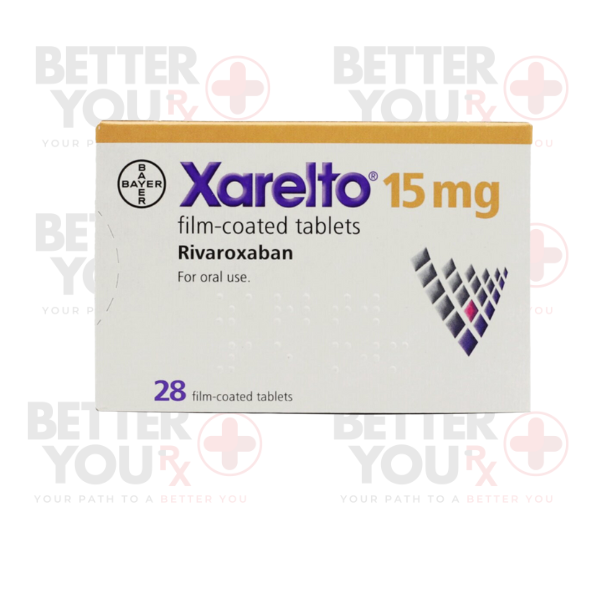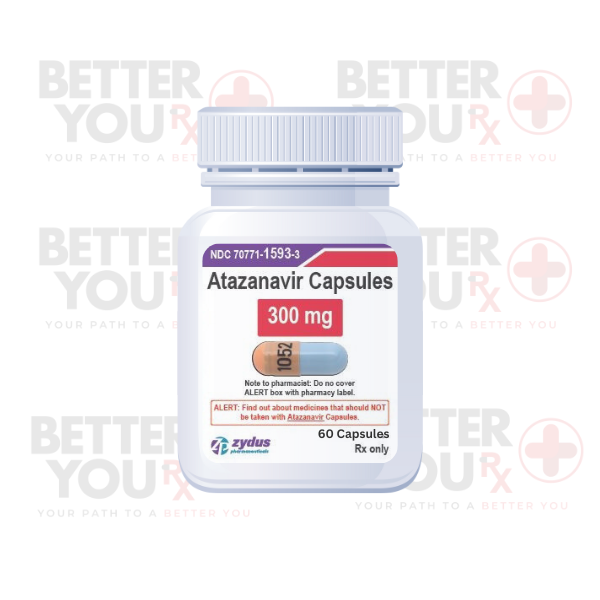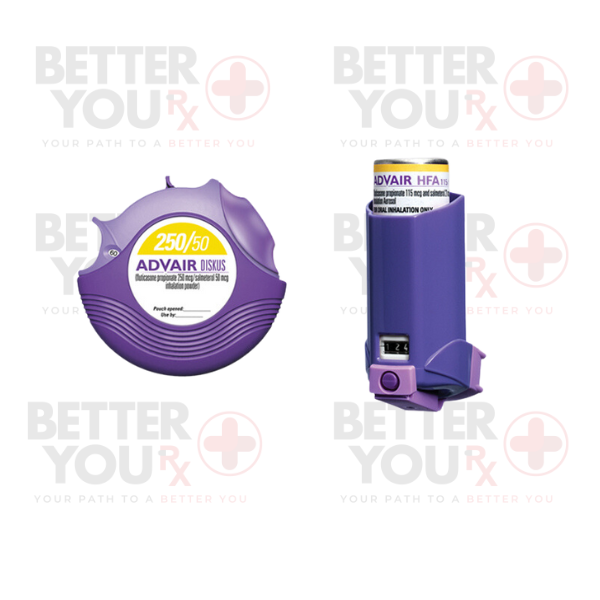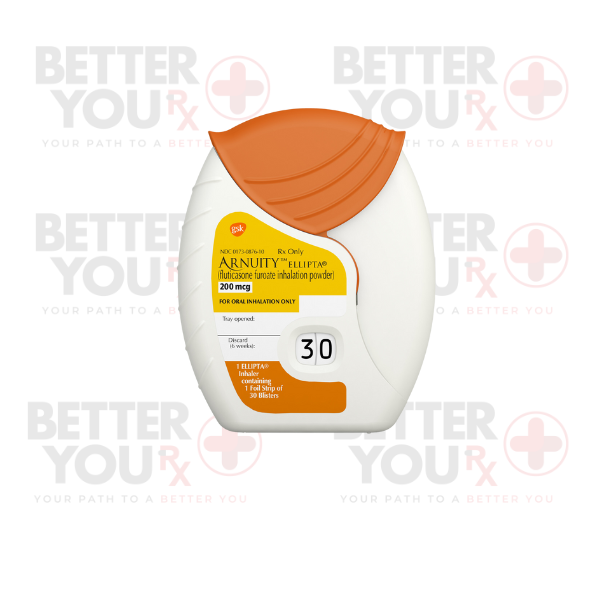| Usage |
Valsartan is available in tablet form for oral consumption. When prescribed for high blood pressure, it is typically taken once a day, with or without food. In the case of heart failure or following a heart attack, the usual regimen involves taking it twice daily, with or without food. To ensure consistency, it is advisable to ingest valsartan at approximately the same time each day. Follow your prescription label's instructions diligently and, if needed, consult your doctor or pharmacist for clarification on any aspects you find unclear. Adhere to the precise directives for valsartan intake. Do not exceed or reduce the dosage or consume it more frequently than prescribed by your doctor. Initially, your doctor may initiate your treatment with a low valsartan dose, which may then be gradually increased. Valsartan effectively manages high blood pressure and heart failure; however, it does not provide a cure. You might observe a drop in your blood pressure within the initial two weeks of treatment, but the full benefits of valsartan may take up to four weeks to become noticeable. It is essential to continue taking valsartan even if you feel well. Please consult your doctor before discontinuing its use. If you require additional information, you can request a copy of the manufacturer's patient information from your pharmacist or doctor.
|
| Side Effects |
Valsartan may induce certain side effects. If any of the following symptoms are bothersome or persistent, it's crucial to inform your doctor:
• Headache
• Excessive tiredness
• Nausea
• Diarrhea
• Stomach pain
• Back pain
• Joint pain
• Blurry vision
• Cough
• Rash
Some side effects can be more severe. If you encounter any of the following symptoms or those outlined in the SPECIAL PRECAUTIONS section, contact your doctor promptly:
• Enlargement of the face, throat, tongue, lips, eyes, hands, feet, ankles, or lower legs
• Hoarseness
• Difficulty breathing or swallowing
• Unexplained weight gain
Valsartan may also result in other uncommon side effects. Reach out to your doctor if you experience any unusual issues while taking this medication.
|
| Storage |
Please keep this medication stored in its original container, tightly sealed, and away from children's reach. Store it at room temperature, ensuring it is shielded from excessive heat and moisture (avoid bathroom storage). It is vital to safeguard all medications from children, as many containers, such as those for weekly pill organizers, eye drops, creams, patches, and inhalers, are not child-resistant and can be easily opened by young children. To prevent accidental poisoning in young children, always secure safety caps and promptly place the medication in a secure location, preferably out of sight and reach. If such programs are not available, consult your pharmacist or local garbage/recycling department for guidance on proper disposal methods.
|
| Special Precaution |
Prior to initiating valsartan treatment, it is important to:
• Inform your healthcare provider and pharmacist if you have any allergies to valsartan, other medications, or any components within valsartan tablets.
• Notify your doctor if you have diabetes (high blood sugar) and are taking Aliskiren (Tekturna, in Amturnide, Tekamlo, Tekturna HCT). In such cases, your doctor will likely advise against taking valsartan.
• Share with your doctor and pharmacist a comprehensive list of your current prescription and nonprescription medications, as well as any vitamins, supplements, or herbal products you are taking or planning to take. This should include:
• Angiotensin-converting enzyme (ACE) inhibitors like benazepril, captopril, enalapril, fosinopril, lisinopril, moexipril, perindopril, quinapril, ramipril, and trandolapril.
• Aspirin, other nonsteroidal anti-inflammatory drugs (NSAIDs) such as ibuprofen and naproxen, and selective COX-2 inhibitors like celecoxib.
• Medications such as cyclosporine, diuretics (including potassium-sparing diuretics like amiloride, spironolactone, and triamterene), gemfibrozil, potassium supplements, rifampin, and ritonavir.
• Any other drugs prescribed for high blood pressure or heart conditions.
• Disclose any history of bile duct blockage, heart disease, kidney disease, or liver disease.
• Notify your healthcare provider if you are currently breastfeeding.
• Be aware that valsartan may cause dizziness, lightheadedness, or fainting, particularly when transitioning from a lying to a standing position. This effect is more common when you initially start taking valsartan. To mitigate this, rise from a prone position slowly and allow your feet to rest on the floor for a few minutes before standing.
• Understand that diarrhea, vomiting, inadequate fluid intake, and excessive sweating can lead to a drop in blood pressure, potentially resulting in lightheadedness and fainting. If you experience any of these issues or they develop during your treatment, inform your doctor promptly.
|









